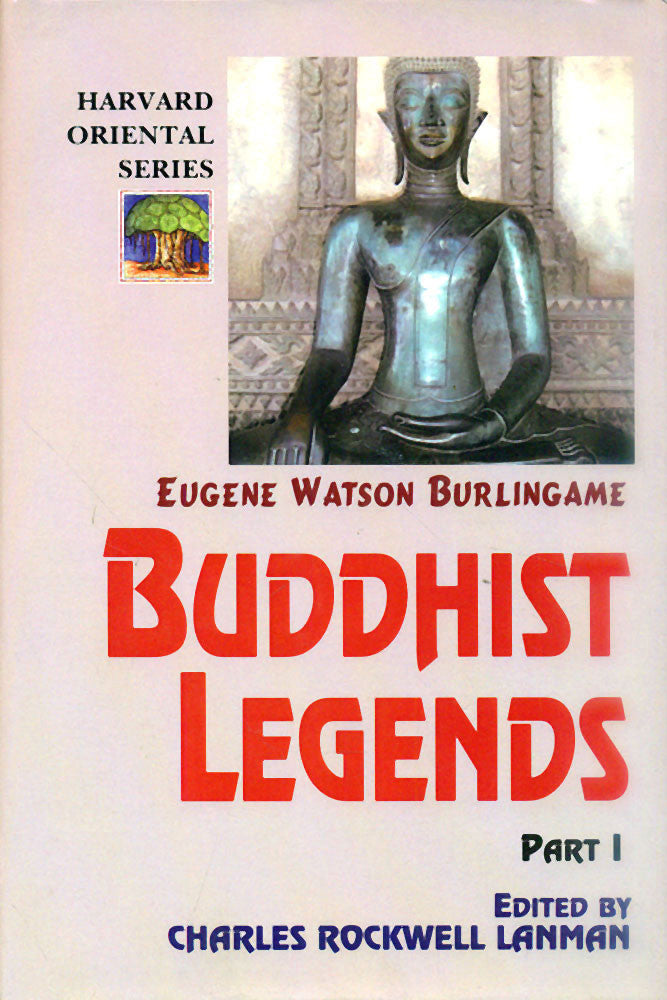Buddhist Legends (3 Vols.): Translated from the original Pali Text of the Dhammapada Commentary
Buddhist Legends (3 Vols.): Translated from the original Pali Text of the Dhammapada Commentary - Paperback is backordered and will ship as soon as it is back in stock.
Couldn't load pickup availability
Dhamma-pada, or Way of Righteousness, is the name of the canonical books of the Buddhist sacred scriptures. It is one of the best known Pali commentaries written on the stanzas of the Dhammapada, a Buddhist canonical text which for its popularity and sacredness is often called the Gita of the Buddhists and has been enlisted as a representative Buddhist text of UNESCO collection.Written in the Pali language it consists of 423 stanzas which are reputed to be the very words of the Buddha.
The Dhammapada commentary (in Pali, Dhammapad-Attha-katha) is ascribed to Buddhaghosa, the greatest of all the Buddhist scholastics. The Commentary purports to tell usñwhere, when, why,
for what purpose, with reference to what situation, with reference to what person or persons.î
Buddha uttered each one of these stanzas. In so doing, the author of the C o m m e n t a r y
narrates 299 legends or stories. These stories are the preponderating element of the Commentary, and it is these which are here translated.
The Dhammapada Commentary is one of the best known Pali Commentaries written on the stanzas of the Dhammapada, a Buddhist canonical text which for its popularity and sacredness is often called the Gita of the Buddhist and has been enlisted as a representative Buddhist text of UNESCO collection.
Further, it may be added that this commentary is typical of the Pali commentaries, which allows the free and natural growth of the stories unlike its Vedic or Sanskrit counterparts, where the growth of the stories are 'subordinated' by overemphasis on interpretations and explanations of a term at the cost of readability for a common man and woman.
Review(s)
About the Author(s)
-
Pages
-
Edition
-
Size
-
Condition
-
Language
-
Weight (kg)
-
Publication Year
-
Country of Origin
-
Territorial Rights
-
Reading Age
-
HSN Code
-
Publisher




